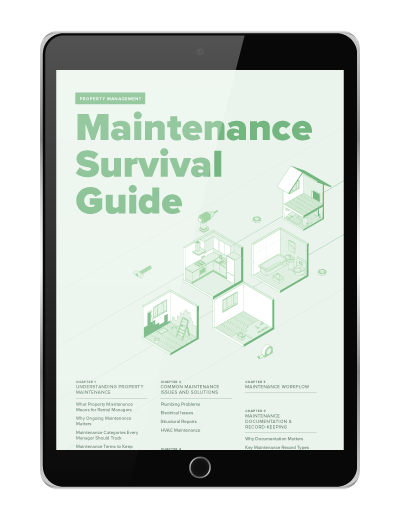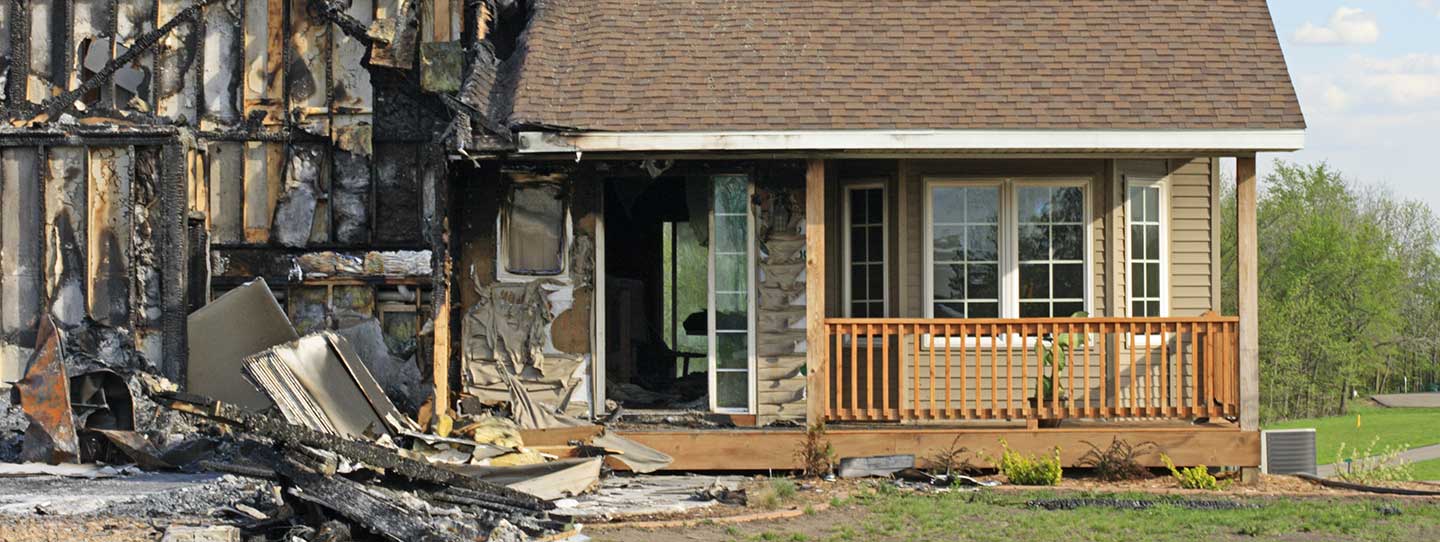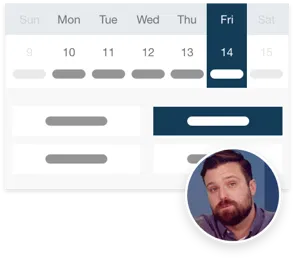Residential fires are costly and can happen anywhere, at any time. In 2022, the most recent statistics the U.S. Fire Association has, there were almost 374,300 residential fires resulting in over $10 billion in losses, and 129,500 non-residential fires that resulted in over $3 billion in losses.
As a property manager, there are plenty of measures you can take to prevent fires at your owners’ properties—regular inspection and maintenance of smoke detectors and fire extinguishers, tenant education on fire hazards, updating electrical systems and appliances, to name a few. But what if that worst-case scenario does occur?
That’s why having the right insurance in place is so important. Staying on top of the insurance policies for the properties you manage—making sure they have the right coverage and keeping those policies up to date—is just another way you can provide value to your owners.
But are landlord and renters insurance the only options out there? What happens if your owner needs coverage for their rental units, but not for the possessions inside? Or what if they want a little extra coverage outside of typical landlord policies?
That’s where dwelling fire insurance for rental properties may be able to help. In this post, we’ll explain what property managers should look out for when it comes to fire insurance coverage, and whether dwelling fire insurance—or a full landlord insurance policy—is the right way to go.
What Is Dwelling Fire Insurance for Rental Properties?
The name dwelling fire insurance is actually a bit misleading, since policies cover other types of damage on top of fire damage.
It covers only homes that are not used as a primary residence—and it covers only the structure of the home, which means it doesn’t cover possessions inside the home. It does, however, extend to outside structures, such as storage sheds, decks, and porches, even if they’re not attached to the primary building.
There are three types of dwelling fire insurance:
- DP-1 coverage is the most restricted type of coverage, with the narrowest list of covered events, called named perils. Usually, these named perils include fire, lightning, and internal explosions.
- DP-2, or broad form, is also a named-peril coverage with a larger list of perils, including ice and snow weight damage, freezing pipes, collapse, wind damage, and others.
- DP-3, or special form coverage, is an all-risk policy, which means it covers all risks except those listed in the policy. Take a look at the exclusions before you sign up, which may include mold, rust, dry rot and wet rot, water damage, earth movement and governmental action.
Dwelling Fire Insurances vs. Landlord Insurance
Generally, dwelling fire insurance is a stripped-down, inexpensive policy that covers named perils (events named in the policy) to the structure itself, but not the building’s contents. Some policies offer coverage for fair rental value lost due to a covered peril, in addition to living expenses.
Landlord insurance, on the other hand, will cover a wider array of perils, and may even cover the contents of a damaged unit, rather than the structure only. Landlord insurance usually covers the owner for liability, as well.
Dwelling fire insurance policies may work well for smaller properties, housing one to four families, where the owner does not live on-site.
For anything larger than a four-unit property, owners may need a full landlord insurance policy. Property managers should encourage tenants to invest in renters insurance, as well.
Pro Tip: Requiring tenants to carry renters insurance as a condition of the lease is an important part of protecting your owners and their properties. Ideally, tenants’ renter liability insurance should cover the amount of your fire insurance deductible, or close to it.
Dwelling Fire Insurance FAQs
Before you or your owner purchase a dwelling fire policy, make sure you can answer the following questions.
What Is Full Replacement Cost vs. Fair Value Coverage?
When considering a dwelling fire insurance policy, it’s important to know the difference between full replacement cost and fair value coverage.
Full replacement cost pays the cost of replacing the entire building or set of buildings, minus the deductible and up to the overall limit of coverage.
Fair value coverage pays an amount based on the estimated sale price, which is often very different from the real cost of replacing the structure. It subtracts depreciation from the payout amount, as well.
For example, has it been a while since the owner replaced the roof? The policy may subtract tens of thousands of dollars from your final settlement amount because they’re only required to pay for the remaining life of an aging roof. Meanwhile, the owner has to replace the entire roof with real cash.
Another item of note: Beware of policies that impose separate sub-limits on damage from different kinds of perils, including fires.
Have Building Codes Changed?
If you manage an older home, it’s almost inevitable that building codes have changed since the structure was built. That means that an owner can’t simply build the same home, and rebuilding costs will most likely be much higher.
Building ordinance coverage protects owners against this eventuality. They can add it as a rider to an existing fire or landlord insurance policy.
How is Smoke Damage Defined and Covered?
Often, the smoke damage from a fire can be as expensive as the fire itself. However, some insurers—seeking to minimize their own payouts—will attempt to categorize smoke as a “pollutant,” and therefore limit or exclude coverage.
Does the Policy Cover Water Damage and Mold?
If the sprinkler systems activate, they might put out the fire—but they’ll also cause water damage. If your property develops wet rot or toxic mold, will the landlord or fire insurance cover this damage?
Does the Policy Cover Antique/Artisanal Construction?
Is the property you manage an historic building, or built with unique materials or craftsmanship? If so, the owner may want to get specialized coverage that takes that into account.
A fair-value policy won’t come close to replacing the building if it’s destroyed, and a replacement cost policy would have to take these special considerations into account.
Loss of Rental Income
Rental property owners should take care to ensure that there’s a provision in the policy to replace lost rental income—for a long enough period to rebuild a destroyed property, if necessary. This coverage is generally listed under “loss of business income.”
Note that standard homeowners’ forms won’t provide this coverage. Only policies specifically designed for landlords do.
Are Discounts Available?
Different carriers may offer different kinds of discounts. Owners may get a discount for these reasons:
- Having an indoor sprinkler system installed
- Having a central fire alarm installed (no battery-powered alarms)
- Being part of a 55+ community
- Using fire-resistant chemical treatment/construction
No matter the size of your portfolio, understanding the ins and outs of dwelling fire insurance will help you guide owners who come to you for insurance advice. Whether or not it’s the right choice for them will entirely depend on the types of properties they own and the amount of coverage they can afford. As a property manager, you can help them make that decision with confidence.
Read more on Leasing

